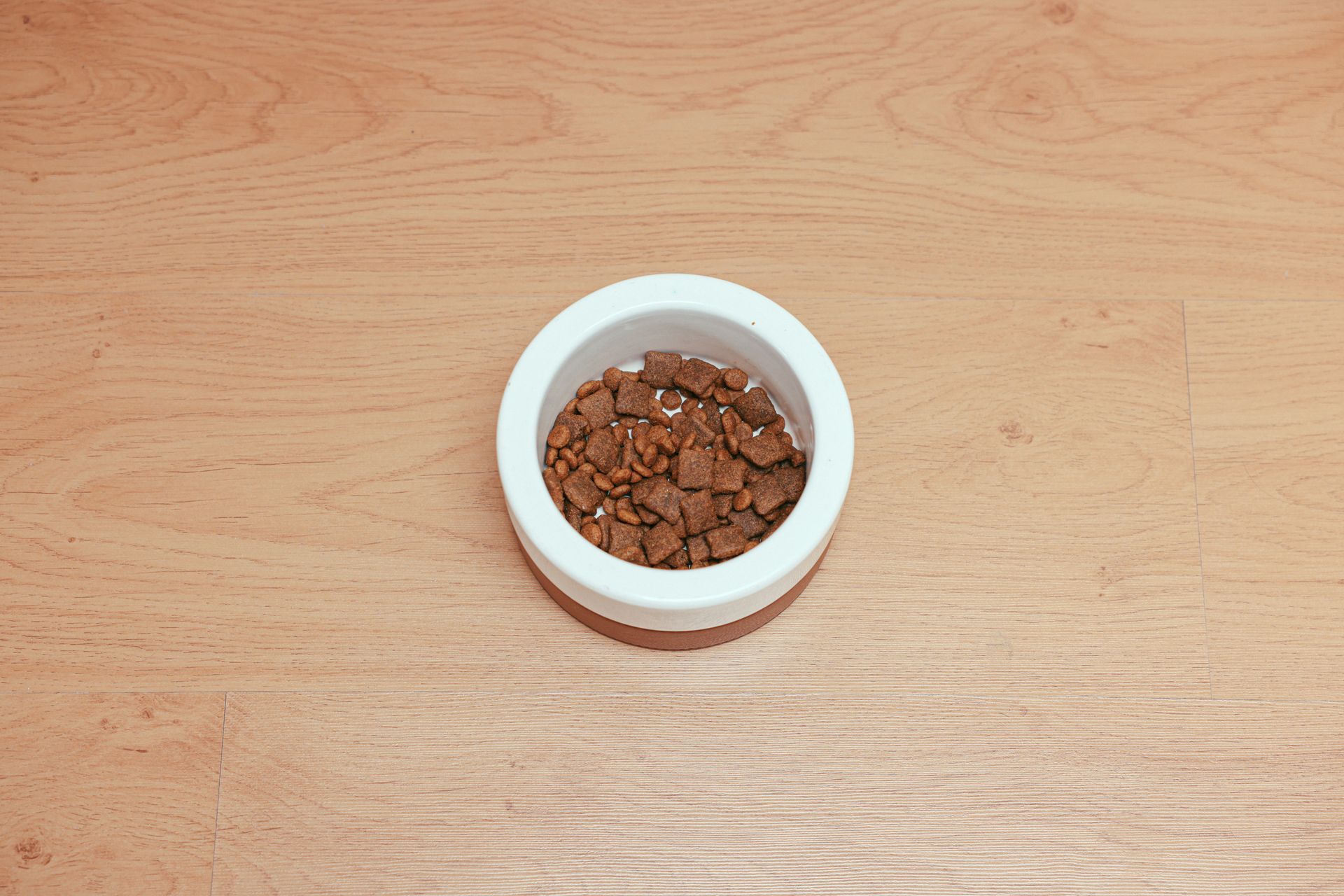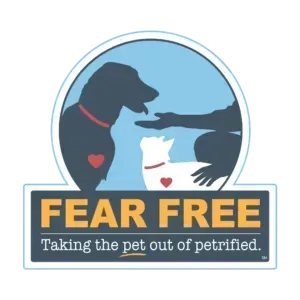Litter Box Basics

Tips for Preventing Litter Box Problems
Keeping it clean:
Scoop the litter box at least once a day. The urine and feces smells will invade the rest of your house the longer it sits in the box. If you are able to smell any odors, your cat has been smelling them for a longer period of time and at higher levels. Scoop your litter box early and often to cut down the odor. It is recommended to scoop the litter box a minimum of once a day.
A general guideline for replacing clay litter is once a week. You should scrub the litter box every time that you change the litter. Use mild dish detergent to clean it, as products with ammonia or citrus oils can make the litter box undesirable to the cat. In addition, some cleaning products are toxic.
Replace the litter box once a year. Over time, your cat’s claws and your scooper can make small scratches in the bottom and sides of your litter box. These grooves are harder to sterilize and can hold onto odor. Avoid this by donating your used litter box to a shelter or rescue group yearly and treating your cat to a new box. Avoid covered litter boxes, not only are they more expensive, but they serve as another method to trap odors.
Scented Litter vs. Unscented:
Scented is not as it seems. Many people used scented litter to mask litter box odors, but those scents can put off many cats. For the same reason, it's not a good idea to place a room deodorizer or air freshener near the litter box. Placing a thin layer of baking soda on the bottom of the box will help absorb odors without repelling your cat. In addition, if you scoop the box daily, and replace the litter once a week, the litter box should not smell.
If you find the litter box odor offensive, your cat, with his keen sense of smell, probably finds it even more offensive and won't want to use the litter box. Try to find a brand of litter that smells best to you (and your cat). To do this, try using a different litter in each litter box in your home and seeing: (a) which litter your cat prefers and (b) which litter controls the odor the best. You might just find that you and your cat have a litter preference in common.
Where to Place Litter Boxes
Keep the litter box in a well-ventilated area. One of the biggest mistakes cat owners make is putting the litter box in a tiny, dark and hidden space. This allows the odor to build up. Plus, if it’s unpleasant for your cat to use, he’ll be more likely to find somewhere else to go — perhaps on your clothes. Keep your litter box in a well-ventilated spot where the scent can easily disperse. There should also be enough room for your cat to get in, move around and come out comfortably.
For kittens or senior cats. Avoid locations requiring stair access or litter boxes with higher sides. Arthritis is very common in older cats and owners may not be aware of the arthritis in their cats. Arthritis pain can show up as unwanted urinations next to the litter box or around the house.
Avoid noisy areas. Avoid placing litter boxes next to noisy or heat-radiating appliances, like the furnace or the washing machine. The noise can make a cat nervous, while the warmth of a dryer or furnace can magnify the litter box smell, which could make him stay away from it. Cats may also not want to travel through certain areas in order to use their litter box. These areas may be louder areas or high traffic areas within your home, such as the living room or family room.
Avoid food sources : Put the box far away from his food and water bowls. Cats don't like that smell too close to their food and may not use the box.
Avoid Dog areas : Many cats can be scared away from the litter box by the presence of a dog. Dogs sometimes will get into the litter box to eat the cat feces, which is a problem in and of itself. At that time, the dog may scare your cat, making her less likely to want to return to the litter box.
How many?
The rule of thumb
: It is recommended to have one box for each cat plus one more. This avoids a situation with a pre-occupied litter box and a cat with nowhere to go.
It's not possible to designate a personal litter box for each cat in your household, as cats may use any litter box that's available. That means a cat may occasionally refuse to use a litter box after another cat has been in it. In this case, you'll need to keep all of the litter boxes extremely clean, and you might even need to add additional boxes. It is not recommended to place all of the boxes next to each other or in one single room because your cats will think of them as a single litter box.
Covered vs. Uncovered
Covered
: Covered boxes can decrease the amount of litter that flies from the box when your cat scratches the litter. A covered litter box may also provide some privacy. For these reasons, people prefer to provide their cats with a covered litter box, but doing so may introduce some potential problems. These issues are listed below and can lead to medical problems that result from urine retention.
Uncovered
: With the cover removed you are able to see if the litter is dirty and needs changed. If the cover is present the dirty litter is "out of sight, out of mind." A covered litter box traps odors inside, so you'll need to clean it more often than an open one. A dirty, covered litter box is to your cat what dirty a port-a-potty is to you! A cover may not allow a large cat sufficient room to turn around, scratch, dig, or position himself in the way he wants. Lastly the cover may make it easier for another cat to lay in wait and "ambush" the user as he exits the box.
Solving problems
If your cat begins to go to the bathroom outside the litter box, your first call should always be to your veterinarian. Many medical conditions can cause a change in a cat's litter box habits. If your veterinarian examines your cat and gives him a clean bill of health, your veterinarian can discuss a behavior problem that needs to be solved.
Article Submitted by Amanda Bell, R.V.T.
Adapted to website by Jeff Fink D.V.M.



CONTACT US
VETERINARY WELLNESS PARTNERS
LOCATIONS
COPYRIGHT © 2023 VETERINARY WELLNESS PARTNERS, INC. ALL RIGHTS RESERVED. BUILT BY BIRDEYE







